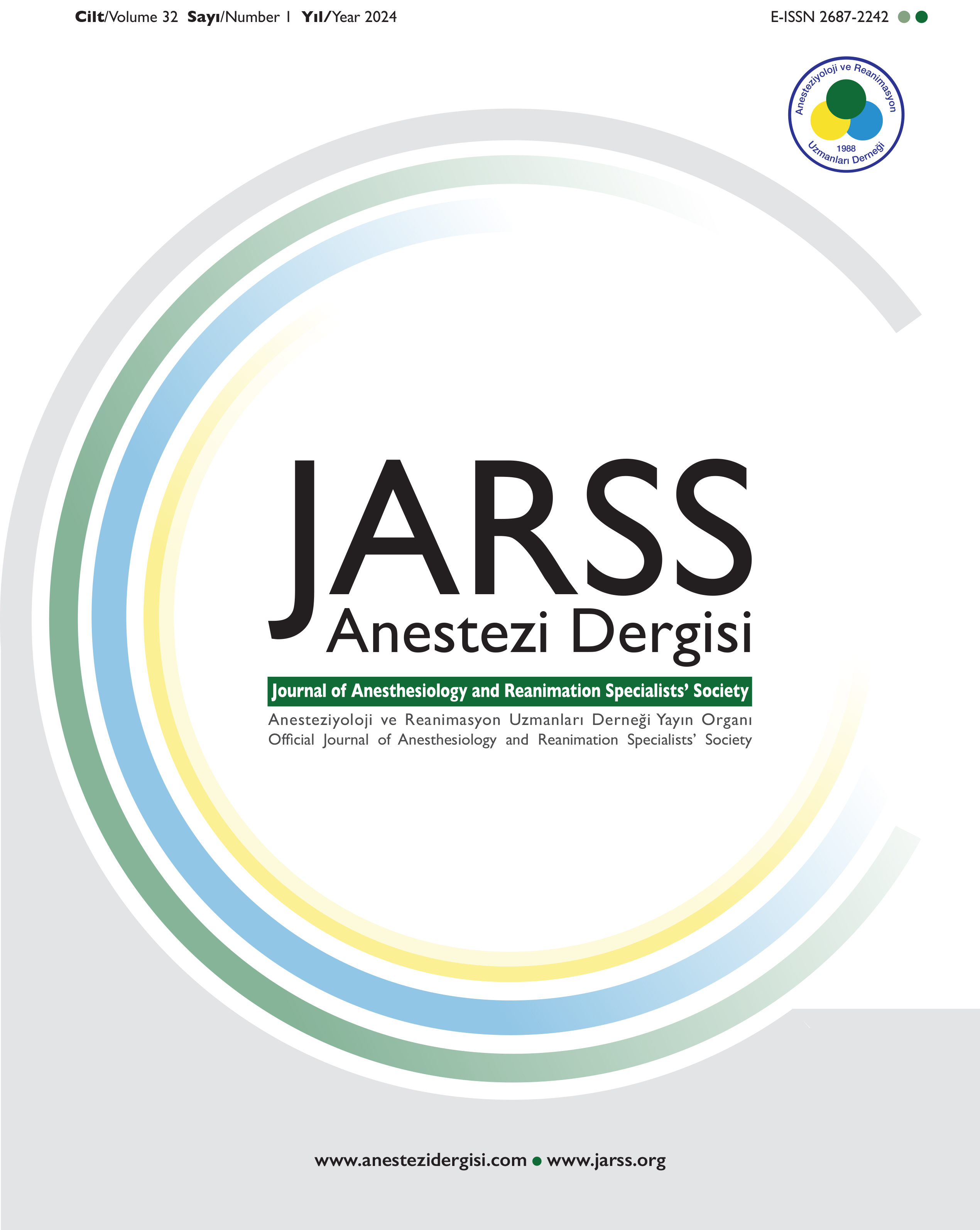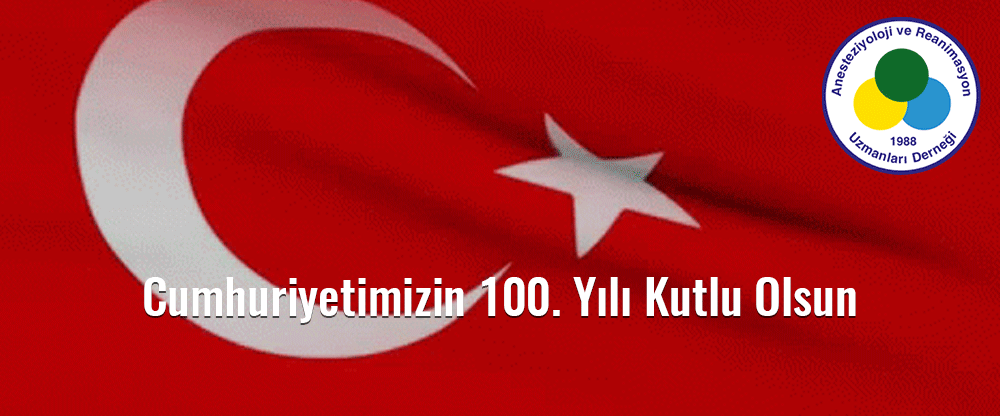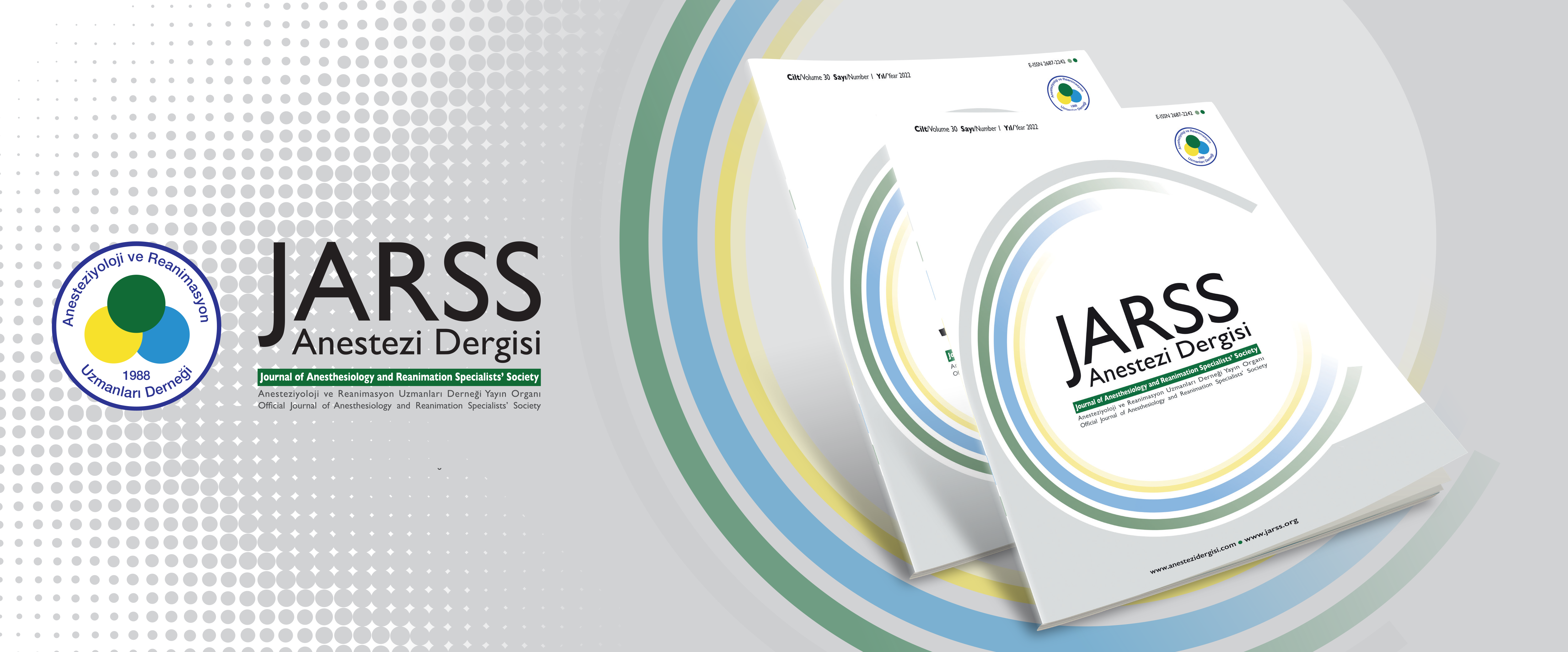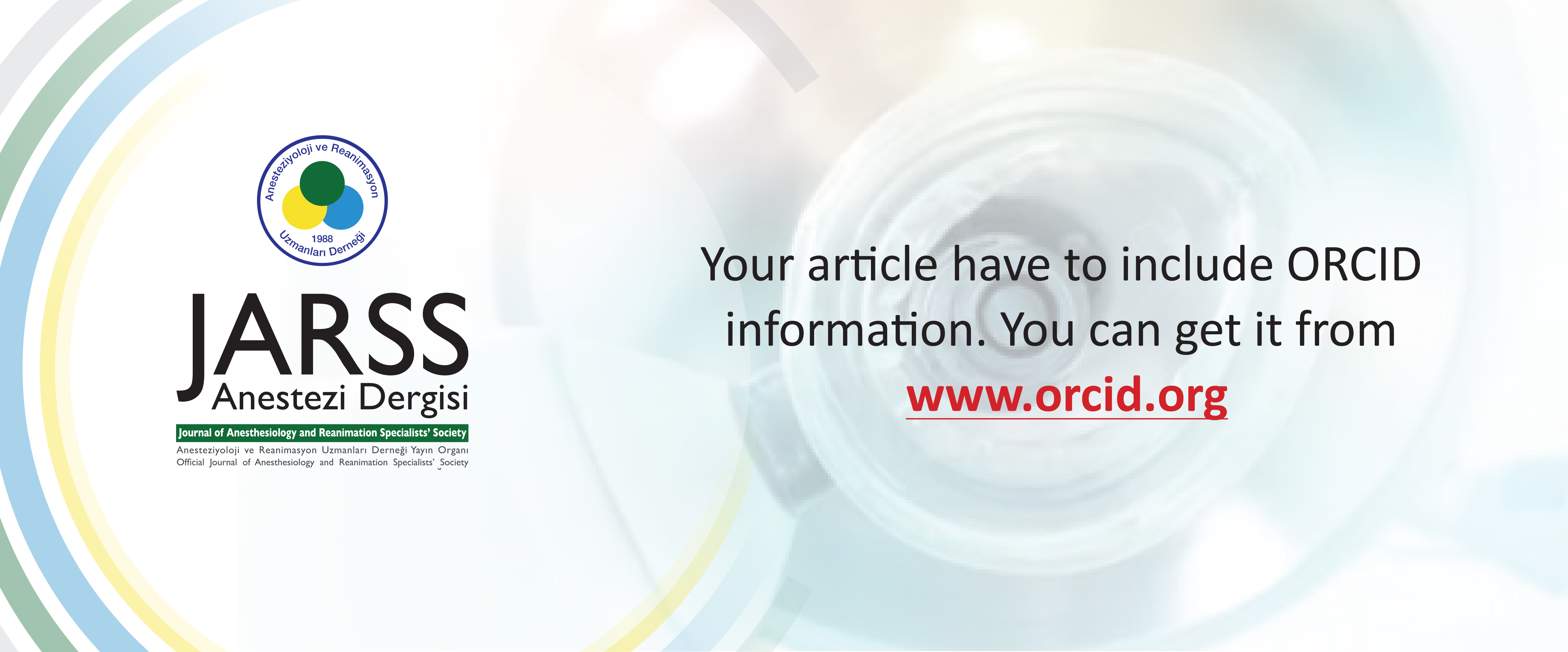Anesthesia Management in a Patient with Waardenburg Syndrome
Yonca Özvardar Pekcan, Bahattin Tuncali, Özlem Yılmaz SümerDepartment of Anesthesiology and Reanimation, Başkent University School of Medicine, Ankara, TurkeyWaardenburg syndrome (WS) is most often inherited as an autosomal dominant trait characterized with complete or partial absence of melanocytes from the beginning of embryogenesis. Ten year old patient with WS underwent cochlear implant operation because of hearing loss in the left ear. Physical examination was normal except a white forelock, heterochromia of iris, characteristic bright blue iris in the right eye, brown iris in the left eye, broad nasal root, partial synophrys, bilateral sensorineural hearing loss, hypopigmented areas on the 2nd, 3rd,4th and 5th fingers of the left hand and the wrist. Airway examination was evaluated as Mallampati II. After premedication with midazolam, anesthesia was induced with 1 µgr kg-1 fentanyl, 2.5 mg kg -1 propofol. Endotracheal intubation was facilitated by 0.6 mg kg-1 tracrium. The maintenance of anesthesia was provided with intravenous infusion of propofol ( 0.75µgr kg-1 min-1) and remifentanil ( 0.25 µgr kg-1 min-1) has been used. After the operation the patient was extubated and transferred to the ward without problem. We believe that, awareness of the characteristics of WS, well-planned anesthesia management, controlled hypotension and the use of total intravenous anesthesia are the essentials of the successful anesthesia management in these cases.
Keywords: Waardenburg syndrome, anesthesia, cochlear implantWaardenburg Sendromlu Hastada Anestezi Yönetimi
Yonca Özvardar Pekcan, Bahattin Tuncali, Özlem Yılmaz SümerBaşkent Üniversitesi Tıp Fakültesi Anestezi Ve Reanimasyon, Ankara, Türkiye.Waardenburg sendromu (WS) genellikle otozomal dominant geçişli olmak üzere embriyonal gelişimden itibaren melonositlerin tam veya kısmen yokluğu ile karakterli herediter bir sendromdur. WS tanısı olan 10 yaşında erkek hasta sol kulağında işitme azlığı nedeniyle koklear implant operasyonuna alındı. Fizik muayenesi saçının ön kısmında beyaz perçem, iris heterokromisi, sağ gözde karakteristik parlak mavi iris, sol gözde kahverengi iris, geniş burun kökü, kısmi sinofris, bilateral sensörinöral işitme kaybı, sol el 2, 3, 4 ve 5. parmaklarda ve bilekte hipopigmentasyon alanları dışında normaldi. Hava yolu muayenesi mallampati II olarak değerlendirildi. Midazolam ile premedikasyondan sonra 1 µgr kg-1fentanil, 2.5 mg kg-1 propofol ile anestezi indüksiyonu yapıldı. Endotrakeal intübasyon 0.6 mg kg-1 tracrium ile uygulandı. Anestezi idamesi intravenöz propofol (0.75 µgr kg-1 dk-1) ve remifentanil infüzyonu (0.25 µgr kg-1 dk-1) ile sağlandı. Hasta operasyon sonunda sorunsuz olarak ekstübe edildi ve servise transfer edildi. Bu olgularda, WS’na ait özelliklerin iyi bilinmesi, iyi planlanmış bir anestezi yönetimi, kontrollü hipotansiyon ve total intravenöz anestezi uygulamasının başarılı anestezi uygulamasında esas.olduğu kanısındayız.
Anahtar Kelimeler: Wardenburg sendromu, anestezi, koklear implantCorresponding Author: Yonca Özvardar Pekcan, Türkiye
Manuscript Language: Turkish
(1127 downloaded)


















